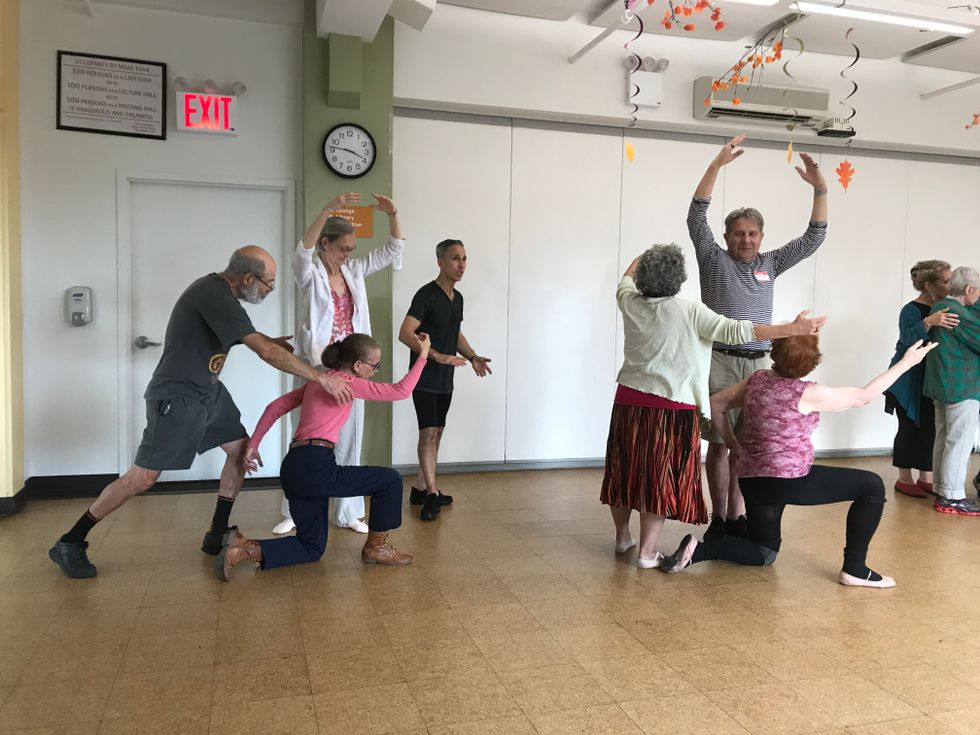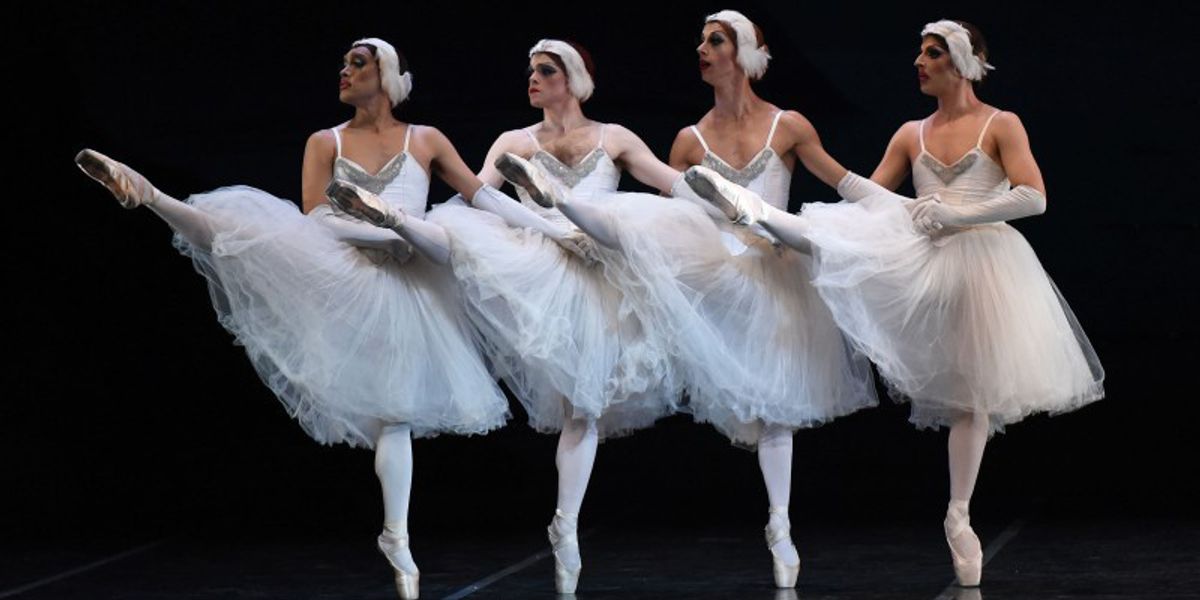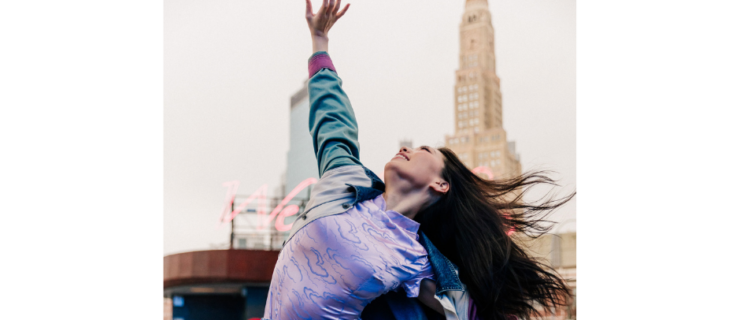The Trocks Are Reaching LGBTQIA Youth & Elders Through Dance
Over the last 40 years, Les Ballets Trockadero de Monte Carlo has become known for farcical versions of classical ballets, with the majority of the all-male company donning full drag, including hair, makeup, tutus and pointe shoes. But recently, the Trocks have found new purpose in an educational outreach program the company piloted this summer at advocacy organizations including the Ali Forney Center, which focuses on empowering homeless LGBTQIA youth and SAGE, which assists older LGBTQIA adults.
Artistic director Tory Dobrin explains the motivation for the recent venture: “Even though we are based in NYC, we haven’t had much presence here for many years—our Joyce Theater season is only every two years. But when we hit 40, we realized that the Trocks do have a specific legacy and place in NYC’s LGBT history, and it is one we can continue even when the company is on tour.” Over the years, the company has been a beacon within LGBT culture, due to its emphasis on drag performance.
Trocks alum Roy Fialkow, along with current company members, have created a workshop that combines dance history, choreography and performance. Sometimes, they show videos as a crash course on dance history and to demonstrate the importance of individuality in dance. The workshops center on teaching a ballet warm-up, followed by choreography from “The Dying Swan.”
Fialkow has a background as an adaptive physical education teacher, and is well-versed in teaching movement to participants with widely differing physical capabilities. He stresses the importance of a holistic approach and a physically and emotionally safe space, so participants feel comfortable experimenting with challenging choreography. In one case, a blind participant has been able to take part in the workshops, with the help of an additional educator to ensure safety.

Participants are encouraged to modify movements when appropriate; even observing from the sidelines and offering constructive feedback is considered a viable form of participation. Adventurous attendees may eventually flex their choreographic muscles as well, as workshop content expands to encompass subjects like dance-making and ballet mime.
The hope is that participants build a sense of community and trust during the workshops, and perhaps choose to incorporate more creativity in other areas of their lives, develop a new sense of self-worth or just enjoy using their mind and body in new ways. And the Trocks, in addition to teaching the choreography, make themselves available as a positive image within the LGBTQIA community, especially for their younger participants. “This is who we are. We haven’t given up our identities, and we are making our way in the world like this. So, it gives them a positive role model,” says Fialkow.
Dobrin says there is a possibility to expand the workshops: “We are hoping that we can take them to the communities where we tour. Eventually, we would like to have a structure in place where we can send someone out to do these workshops separate from the rest of the company. But we want to be sure we are doing it right, so for now, we are keeping it small.”




